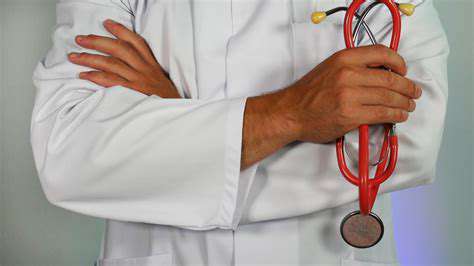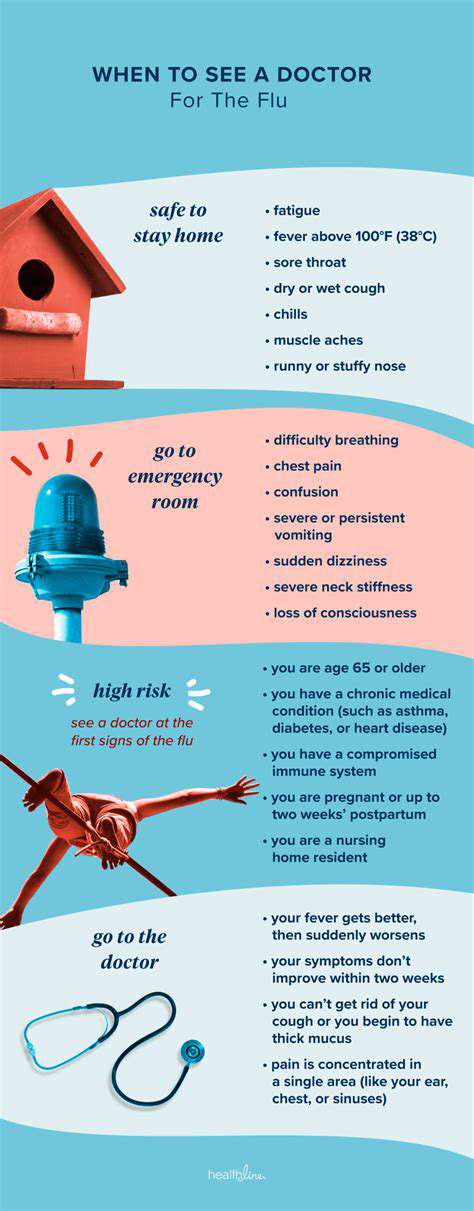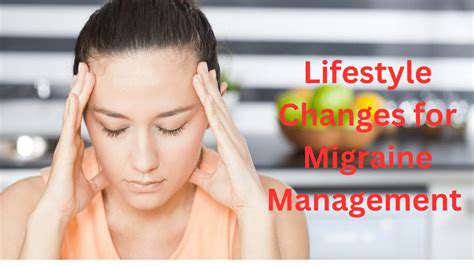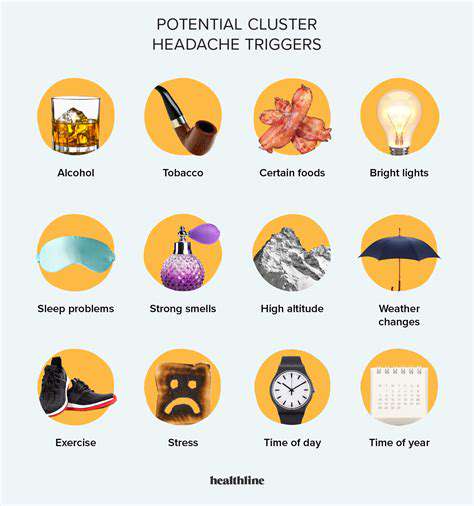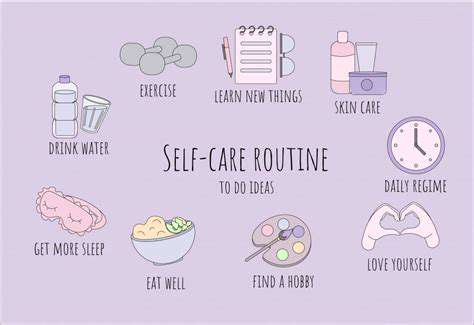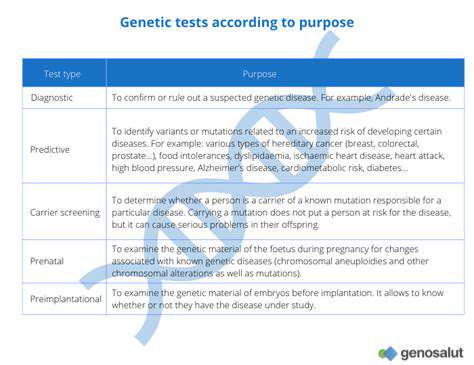Exertional Headaches: When Exercise Triggers Pain
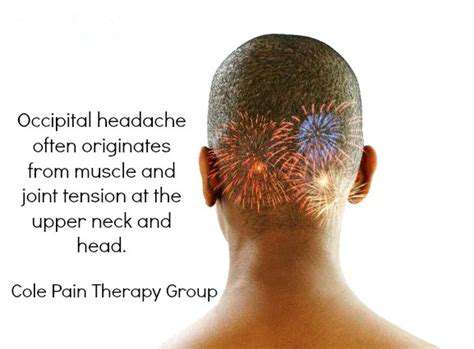
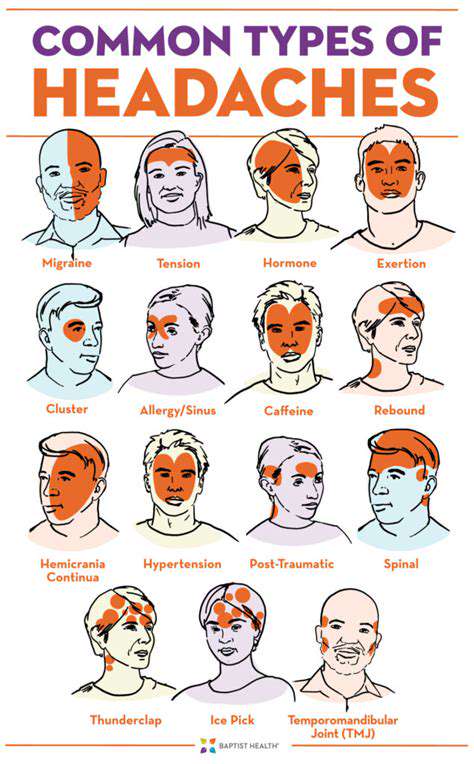
Differentiating Exertional Headaches from Other Types
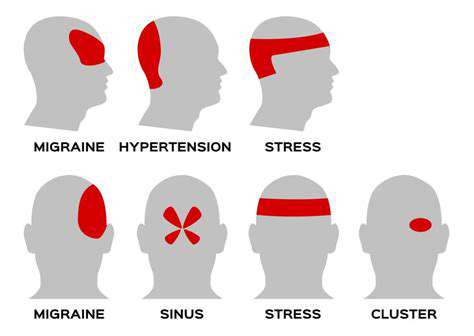
Understanding Exertional Headaches
People often experience exertional headaches during or after physical activity. These headaches typically feel sharp and throbbing, concentrated in specific areas of the head. Recognizing what sets off these headaches and their unique features helps doctors make accurate diagnoses and recommend appropriate treatments. The pain can vary from mild to severe, lasting for different periods, and may interfere with daily routines.
What Sets Off Exertional Headaches
Various physical activities can lead to exertional headaches, such as intense workouts, lifting heavy objects, or prolonged physical strain. Engaging in sudden, vigorous activity often sparks these headaches, especially for those who aren't used to regular exercise or have certain health conditions that make them more vulnerable.
Recognizing the Symptoms
The pain from exertional headaches usually starts quickly after physical activity begins. It often feels like pounding or pressure and might come with nausea, vomiting, or sensitivity to light and noise. While the pain can appear in different head areas, it frequently affects the forehead, temples, or back of the head.
How They Differ from Other Headaches
Exertional headaches shouldn't be confused with tension headaches or migraines. While exertion directly causes exertional headaches, tension headaches usually stem from stress and muscle tightness. Migraines might sometimes follow physical activity but often include additional symptoms like visual disturbances and last longer.
Getting Diagnosed and Finding Relief
Doctors typically diagnose these headaches by reviewing medical history and symptoms. They'll ask about activities that trigger the pain, how long it lasts, and any other symptoms. Treatment might involve common pain relievers, prescribed medications, or lifestyle changes. Accurate diagnosis and customized treatment are vital for effectively handling exertional headaches.
Preventing Future Episodes
Prevention plays a key role in managing exertional headaches. Strategies include gradually increasing physical activity, drinking enough fluids, and avoiding sudden intense exertion. Regular exercise and healthy habits can help reduce how often these headaches occur and how bad they feel. Proper warm-ups and cool-downs before and after workouts also help prevent them.
Diagnosing and Managing Exertional Headaches
Understanding Exertional Headaches
Exertional headaches, a specific kind of primary headache, involve pain that begins or intensifies during or right after physical activity. These headaches don't just cause temporary discomfort; they can disrupt daily life, making exercise less appealing and possibly restricting participation in activities important for health. Recognizing triggers and contributing factors helps develop effective management approaches.
Pinpointing Exertional Headache Triggers
While strenuous, long workouts often cause these headaches, other factors can contribute. Issues like not drinking enough water, skipping warm-ups, sudden altitude changes, and certain medications might increase susceptibility. Paying attention to how your body responds to exercise intensity, duration, and environmental conditions helps identify patterns.
Telling Exertional Headaches Apart from Others
Distinguishing exertional headaches from tension or migraine headaches can be tricky. However, the timing of pain—occurring during or immediately after physical activity—helps tell them apart. Consulting a healthcare provider ensures proper diagnosis, rules out other possible causes, and helps create a personalized treatment plan.
How Dehydration Affects Exertional Headaches
Dehydration plays a major role in exertional headaches. When the body lacks sufficient fluids during or after exercise, blood volume drops, increasing pressure on head blood vessels. This pressure change can trigger or worsen headache pain. Drinking enough water before, during, and after workouts helps prevent these headaches.
Approaches to Managing Exertional Headaches
Effective management requires addressing both causes and symptoms. Strategies include staying hydrated, slowly increasing workout intensity, and using relaxation techniques. Seeking professional medical advice ensures tailored recommendations and potential medication options.
Long-Term Prevention Through Lifestyle Changes
Preventing exertional headaches often involves lasting lifestyle adjustments. These may include improving hydration habits, following consistent warm-up and cool-down routines, scheduling rest days, and managing stress. Addressing these factors helps reduce headache frequency and severity, supporting an active, healthy lifestyle.
